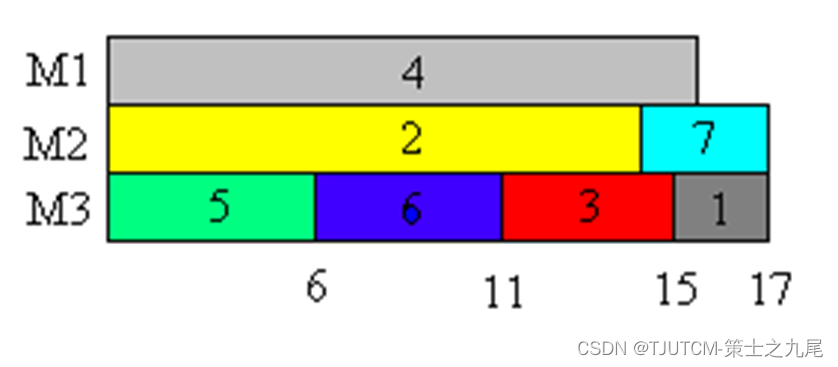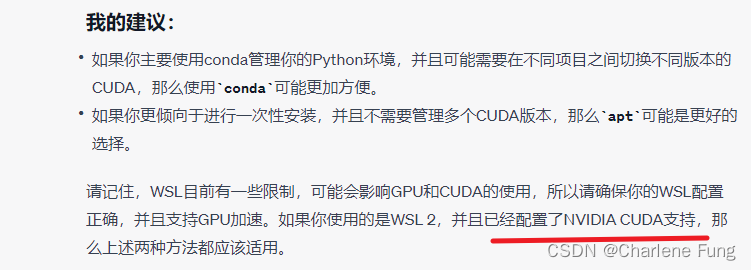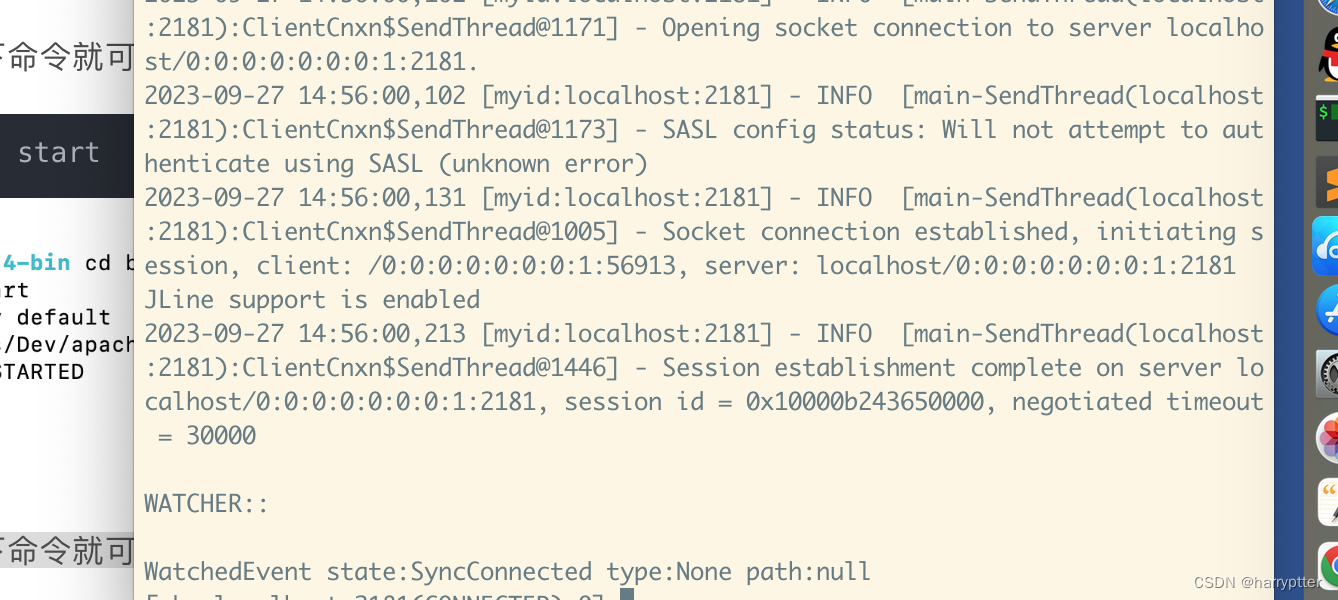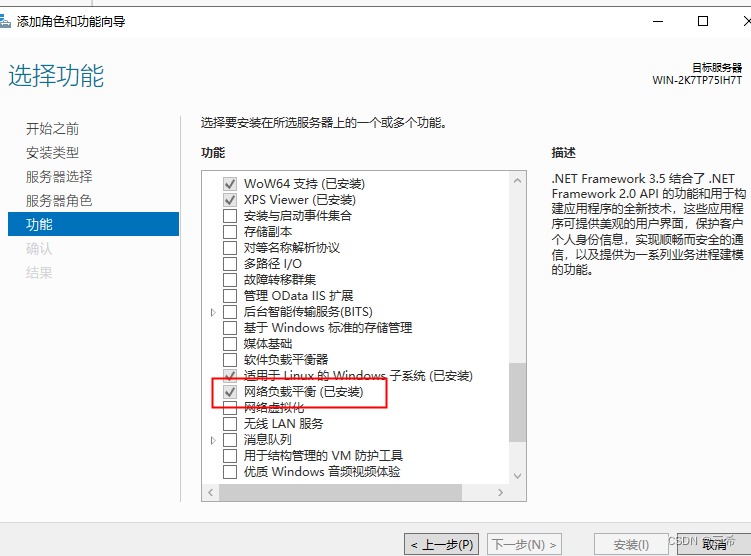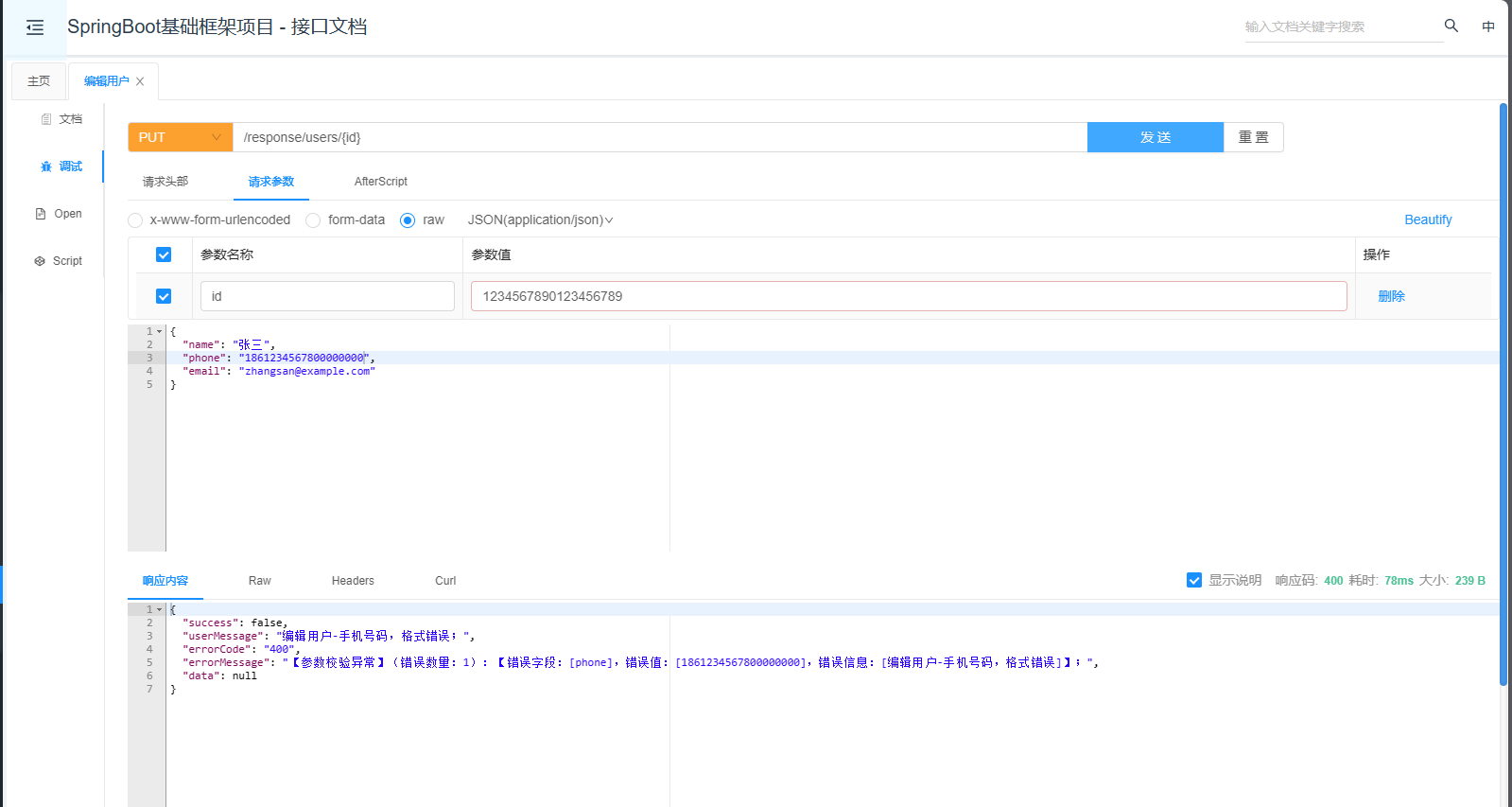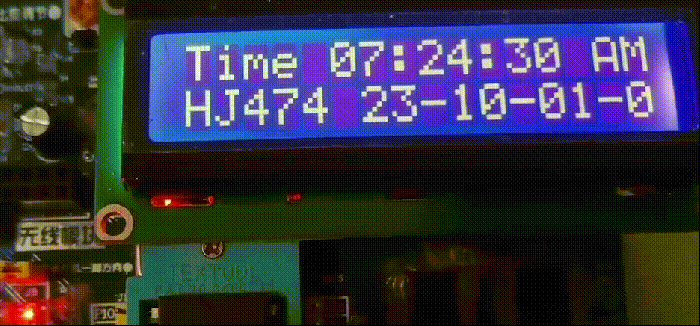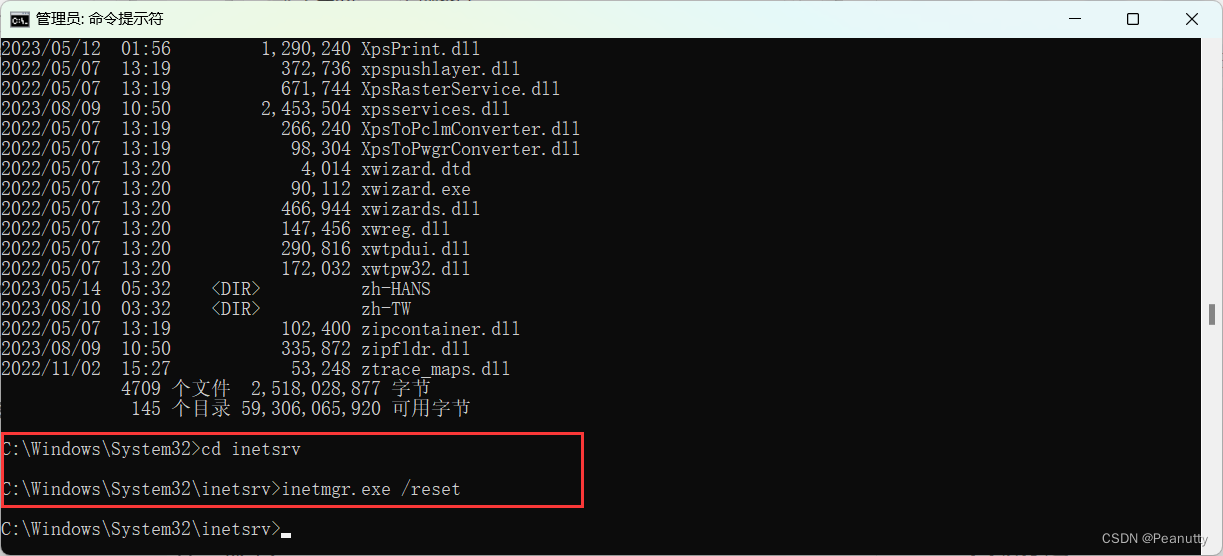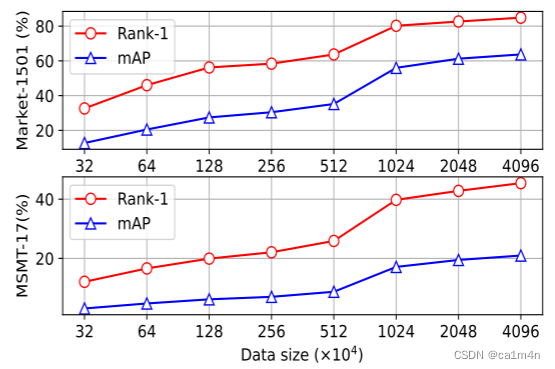医疗图像其中两种图像格式:MRI(Magnetic Resonance Imaging,磁共振成像)、CT(Computed Tomography,计算机断层),常存成 .nii.gz 格式。都是 3D 的 H × W × L H \times W \times L H×W×L,但不是 RGB,而是类似 grey-scale 图只有一个 channel,如 CT 的值可能是 Hu 值,取值范围可从负几千到正几千,参考 [1]。segmentation label 也相应是 3D 的。

这里记录几种分割指标,参考 [2,3],可调 medpy 的包,其文档也有指标列表。记有 C + 1 个类,0 固定是 background,(某个数据的)prediction 和 label Y ^ , Y ∈ { 0 , … , C } H × W × L \hat{Y},Y\in \{0, \dots, C\}^{H \times W \times L} Y^,Y∈{0,…,C}H×W×L,只留下第 c 类的 binary prediction 和 label 为 B ^ c , B c ∈ { 0 , 1 } H × W × L \hat{B}^c,B^c \in \{0, 1\}^{H \times W \times L} B^c,Bc∈{0,1}H×W×L, ∣ ⋅ ∣ |\cdot| ∣⋅∣ 表示非零元素个数, B ^ c , B c \hat{B}^c,B^c B^c,Bc 的 surface / boundray 记为 S ^ c , S c \hat{S}^c, S^c S^c,Sc,是其表面 voxels 的三维索引向量(下标)的集合。
Dice Coefficient
即 F1-scoure[2]。第 c 类的 dice 系数: D C c = 2 ∣ B ^ c ∩ B c ∣ ∣ B ^ c ∣ + ∣ B c ∣ DC_c=\frac{2|\hat{B}^c \cap B^c|}{|\hat{B}^c| + |B^c|} DCc=∣B^c∣+∣Bc∣2∣B^c∩Bc∣ 调包:medpy.metric.binary.dc。
IoU
即 Jaccard 系数[2]。第 c 类的 IoU: I o U c = ∣ B ^ c ∩ B c ∣ ∣ B ^ c ∪ B c ∣ IoU_c = \frac{|\hat{B}^c \cap B^c|}{|\hat{B}^c \cup B^c|} IoUc=∣B^c∪Bc∣∣B^c∩Bc∣ 调包:medpy.metric.binary.jc。由 [3],IoU 与 dice 系数有确定的转换关系,即等价,所以两者应该用其中一种就行。C 类的 IoU 取平均就是 mIoU: m I o U = ∑ c = 1 C I o U c C mIoU=\frac{\sum_{c=1}^{C}IoU_c}{C} mIoU=C∑c=1CIoUc(2023.9.28:不确定算 mIOU 时要不要加上 background)
Sensitivity
即 recall,也叫 TPR(True Positive Rate),非对称。第 c 类的 sensitivity: R c = ∣ B ^ c ∩ B c ∣ ∣ B c ∣ R_c=\frac{|\hat{B}^c \cap B^c|}{|B^c|} Rc=∣Bc∣∣B^c∩Bc∣ 调包:medpy.metric.binary.sensitivity 或 medpy.metric.binary.recall。
Specificity
也叫 selectivity、TNR(True Negative Rate),是 sensitivity 的补。第 c 类的 specifity: S P c = ∣ ( 1 − B ^ c ) ∩ ( 1 − B c ) ∣ ∣ ( 1 − B c ) ∣ SP_c = \frac{|(1-\hat{B}^c) \cap (1-B^c)|}{|(1-B^c)|} SPc=∣(1−Bc)∣∣(1−B^c)∩(1−Bc)∣ 调包:medpy.metric.binary.specificity。
Average (Symmetric) Surface Distance
由 [4],第 c 类的 average surface distance: A S D ( S ^ c , S c ) = ∑ p ∈ S ^ p c d s ( p , S c ) / ∣ S ^ c ∣ ASD(\hat{S}^c, S^c) = \sum_{p \in \hat{S}^c_p} d_s(p,S^c) \big/ |\hat{S}^c| ASD(S^c,Sc)=p∈S^pc∑ds(p,Sc)/∣S^c∣ 其中 d s ( ⋅ , ⋅ ) d_s(\cdot,\cdot) ds(⋅,⋅) 是点到点集(此处是表面 S)距离: d s ( p , S ) = min q ∈ S d ( p , q ) d_s(p,S)=\min_{q \in S} d(p,q) ds(p,S)=q∈Smind(p,q) p , q ∈ { 1 , … , W } × { 1 , … , H } × { 1 , … , L } p,q \in \{1,\dots,W\} \times \{1,\dots,H\} \times \{1,\dots,L\} p,q∈{1,…,W}×{1,…,H}×{1,…,L} 是三维索引向量(下标), d ( ⋅ , ⋅ ) d(\cdot,\cdot) d(⋅,⋅) 是欧氏距离。就是对 S ^ \hat{S} S^ 中属于此 object 表面的每一个 voxel,都算一下它到 S 的距离,然后取平均。调包:medpy.metric.binary.asd。
ASD 不对称,一般会用 ASSD: A S S D ( S ^ c , S c ) = A S D ( S ^ c , S c ) + A S D ( S c , S ^ c ) 2 ASSD(\hat{S}^c, S^c) = \frac{ASD(\hat{S}^c, S^c) + ASD(S^c, \hat{S}^c)}{2} ASSD(S^c,Sc)=2ASD(S^c,Sc)+ASD(Sc,S^c) 调包:medpy.metric.binary.assd。有些文章也会将 ASSD 简叫成 ASD,感觉可以无脑只用 ASSD。
Hausdorff Distance
由 [2,4],第 c 类的 Hausdorff 距离: H D ( S ^ c , S c ) = max { sup p ∈ S ^ c d s ( p , S c ) , sup p ∈ S c d s ( p , S ^ c ) } HD(\hat{S}^c,S^c)=\max\left\{ \sup_{p \in \hat{S}^c} d_s(p, S^c), \sup_{p \in S^c} d_s(p, \hat{S}^c) \right\} HD(S^c,Sc)=max{p∈S^csupds(p,Sc),p∈Scsupds(p,S^c)} 调包:medpy.metric.binary.hd。
Code
- 分割模型应该一般 predict 的都是 (C+1)-way softmax prediction,即 Y ^ \hat{Y} Y^。
from collections import defaultdict
import numpy as np
from medpy.metric.binary import dc, jc, hd, assd, sensitivity, specificitydef evaluate(Y_pred, Y_true, n_classes):""""medical segmentation evaluationInput:Y_pred, Y_true: [H, W, L], in {0, ..., n_classes - 1}n_classes: intOutput:res: {<metric_name>: [<class_0>, ..., class_nc-1]}"""metric_names = ("dice", "sensitivity", "specificity", "assd", "hd")#, "iou")metric_fn = (dc, sensitivity, specificity, assd, hd)#, jc)res = defaultdict(list)for c in range(n_classes):B_pred_c = (Y_pred == c).astype(np.uint8)B_c = (Y_true == c).astype(np.uint8)for metr, fn in zip(metric_names, metric_fn):res[metr].append(fn(B_pred_c, B_c))return res
References
- 亨氏单位
- 常用的医学图像分割评价指标
- 医学图像分割常用指标及代码(pytorch)
- (MIA 2022) Rethinking adversarial domain adaptation: Orthogonal decomposition for unsupervised domain adaptation in medical image segmentation - paper, github
